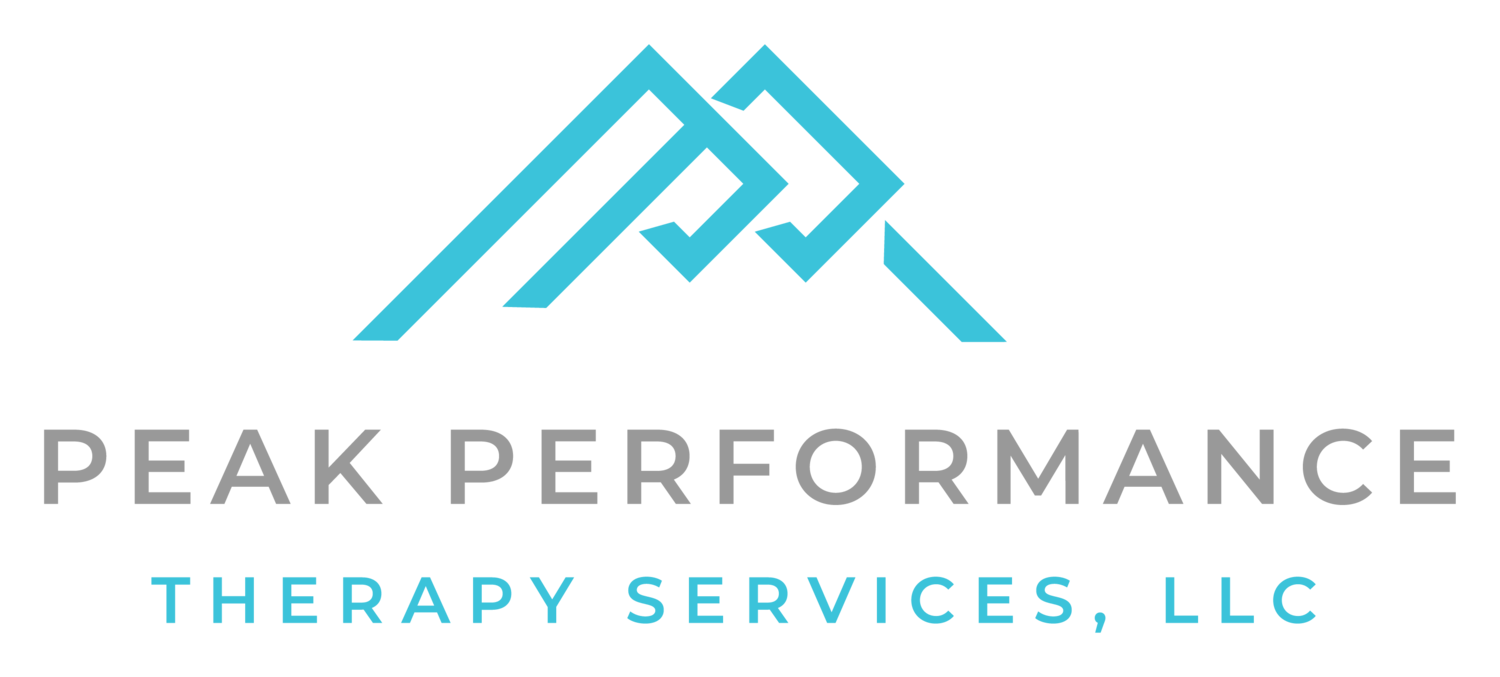What’s the Big Difference Between Dry Needling and Acupuncture?
Surely by now you’ve heard the hype about dry needling (which by the way, Peak Performance now offers)…but what is all the hype about and what is the difference between dry needling and acupuncture?
Here’s the thing. Both treatments use the same needles. They use the same points. They both use electrical stimulation a good bit of the time, and the technique looks eerily similar.
…so how are they different?
The difference is in the thought process, the conditions we treat, and our explanations of why those tiny needles make such a big difference in our bodies.
Acupuncturists have applied hundreds of years of experience and have whittled down their practice into a series of acupoints that they find in a very standardized manner to treat different conditions. These points have funny names to us (like Gallbladder 30 or Stomach 3), but after a few years of comparing acupuncture points to areas that physicians and physios have been sticking needles in, there is actually a huge amount of overlap between acupoints and anatomical structures that we commonly treat!
Pretty cool right? After hundreds of years of trial and error, the Chinese had a pretty good understanding of anatomy and pain points. They have used these points to treat a myriad of different conditions, ranging from orthopedic pain to anxiety, chronic organ issues, and everything in between. However, if you ask an acupuncturist why they stuck a needle in one spot versus another, the explanation will most likely have to do with chi or wind, instead of the corresponding anatomical structure.
Dry needling, on the other hand is used primarily to treat musculoskeletal conditions. As physical therapists, we apply many of the same techniques that acupuncturists have used, but we tend to aim for specific target tissues and insert our needles deeper into the body than acupuncturists typically go. Dry needling has been proven to be an effective treatment for everything from headaches, TMJ, and migraines to tendonitis, muscle pain, joint pain, bursitis, and osteoarthritis.
Our explanation for why dry needling works also differs from acupuncture, in that it tends to be more of a chemical and tissue healing nature. The latest reasoning comes down to three major concepts: 1) increasing blood flow to the area with lots of new nutrients to allow for healing, 2) creating microtrauma to stimulate a new inflammatory process (so the body goes in and heals the new damaged tissue, sees the old damage, and goes ahead and knocks that off the to-do list too), and 3) modulating pain by flooding the area with our own naturally-occuring opioids and releasing serotonin and norepinephrine from the brainstem. All good things.
So when should you see an acupuncturist and when should you see a physical therapist? The easy answer is: if you have joint, tendon, or muscle pain, a PT is going to be your best bet. If you have something systemic going on and are not happy with the traditional medical model, try out acupuncture.
Here is why I believe that PT is the best bang for your buck with musculoskeletal pain and injuries: PTs are primely suited to address all areas of your pain. We have a doctorate level of education that has taught us all of the anatomical knowledge that any MD has (including cadaver dissection), in addition to the knowledge needed to ensure your tissues heal like they should AND the knowledge needed to get you stronger, more stable, and pain-free.
But you know what’s even better than just seeing a traditional PT who can do all this? Seeing an out-of-network Performance PT. This PT is the next level up because they do not have to adhere to your insurance’s instructions (because who needs some random person who knows nothing about them deciding what care they should and shouldn’t receive), AND they have extra knowledge and training to walk you back into the activities you love to do, improve your athletic performance, and keep you injury-free in the long run!
If you are tired of nagging issues that keep you from doing the activities you love to do, reach out to Peak Performance to schedule an Initial Evaluation. We would love to help you get back to the activities you love!
Click here to set up an Evaluation: https://pteverywhere.com/PtE/peakperformancepts/bookingonline

